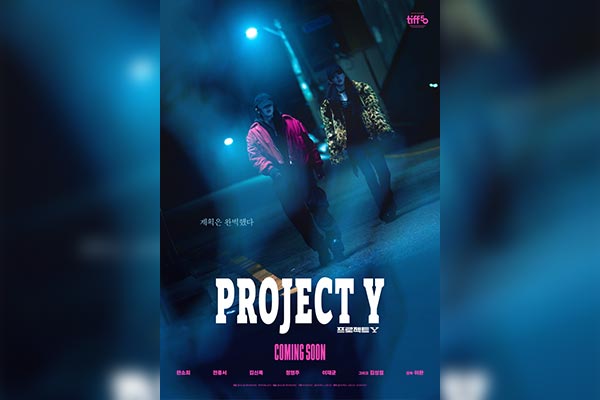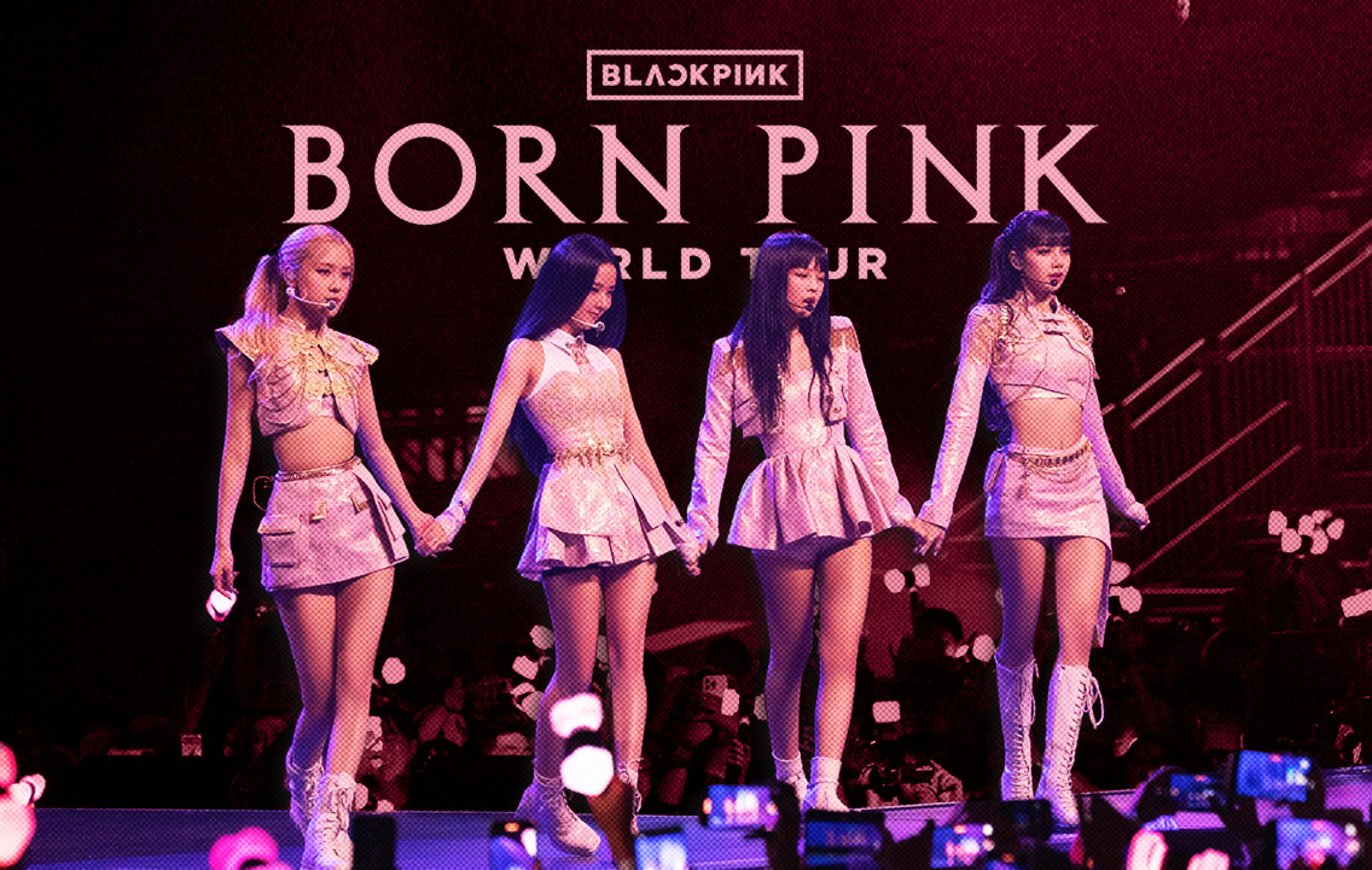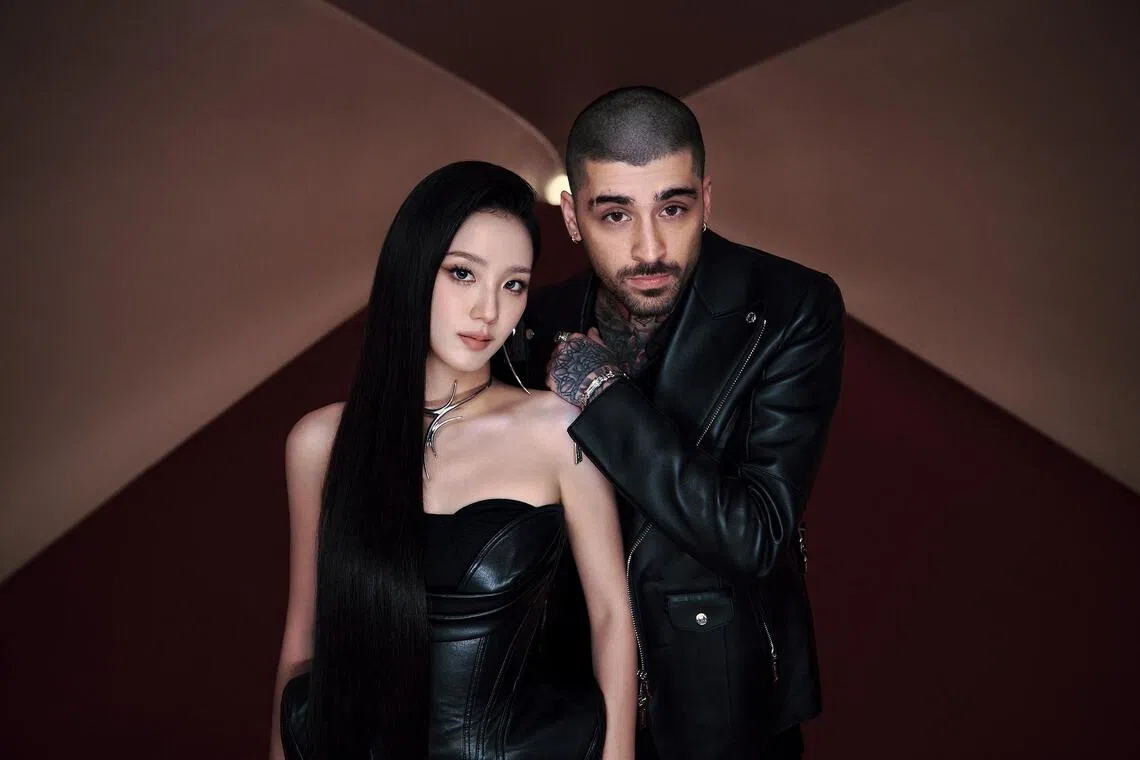Smashing – In an industry built on perfect sound, choreography, and synchronized beats, no one expected a deaf K-pop group to rise. But Big Ocean has shattered expectations and created a new narrative. More than a music act, they are a movement. Big Ocean: the first deaf K-pop group—how tech makes their music feel is not just a story about inclusion. It is a revelation about how technology can transform sound into something deeper something everyone can experience, regardless of hearing.
By blending vibration, visual cues, and adaptive stage tech, Big Ocean delivers performances that challenge what we know about music. Their rise reflects a powerful shift in global entertainment, and Big Ocean: the first deaf K-pop group—how tech makes their music feel proves that K-pop is not just for the ears it’s for the soul.
Breaking Stereotypes with Rhythm and Movement
Many believed that K-pop required pitch-perfect vocals and flawless audio precision. But Big Ocean is changing that belief in real time. Their performances are a masterclass in body expression, visual rhythm, and synchronized movement. Big Ocean: the first deaf K-pop group—how tech makes their music feel is about more than performing it’s about communicating beyond sound.
The group uses lighting pulses, stage vibrations, and beat-mapped LED visuals to synchronize their movements with music. They rehearse using subwoofer platforms that send vibrations through their feet, allowing them to feel each beat. This is how Big Ocean: the first deaf K-pop group—how tech makes their music feel comes alive for both the performers and the audience.
How Technology Bridges the Silence
At the heart of Big Ocean’s performance is cutting-edge technology. Developers worked closely with the group to create performance tools that translate music into sensory input. Vibrational floors, color-coded light systems, and custom wristbands deliver tempo signals during performances. These tools ensure that Big Ocean: the first deaf K-pop group—how tech makes their music feel becomes not just possible, but immersive.
They also use AI-based visualizers that convert sound waves into real-time color animations behind them on stage. This fusion of visuals and movement keeps their rhythm precise and their message clear. It’s a prime example of Big Ocean: the first deaf K-pop group—how tech makes their music feel and how innovation can unlock new creative dimensions.
A Global Message Through Accessibility
Big Ocean isn’t just an entertainment breakthrough—they represent a cultural milestone. They’re making accessibility visible in the flashiest and most competitive music genre in the world. Their popularity proves that audiences are hungry for diverse representation. Big Ocean: the first deaf K-pop group—how tech makes their music feel shows that true expression doesn’t require sound—it requires connection.
Their message is spreading globally, especially across communities that feel unseen by mainstream pop culture. Fans who live with disabilities now see themselves in the spotlight. And for K-pop lovers everywhere, Big Ocean: the first deaf K-pop group—how tech makes their music feel offers a new way to experience the genre—visually, physically, and emotionally.
Fans React to a New Era in K-Pop
The response has been overwhelming. Social media flooded with fan reactions after their debut performance. Hashtags trended globally as people shared emotional responses, videos, and messages of support. Many fans admitted they cried during Big Ocean’s set—not because of the music they heard, but because of what they saw and felt.
For fans, Big Ocean: the first deaf K-pop group—how tech makes their music feel is not just a showcase. It’s a revolution. The group’s presence proves that the K-pop industry can evolve beyond the limits of tradition. Their fans are not just followers—they’re part of a cultural shift redefining how we perceive talent and inclusivity.
From Niche to Mainstream Influence
Big Ocean may have started as a novelty to some, but they’re quickly gaining traction as mainstream idols. Their debut music video reached over ten million views in a week. Brands are lining up for collaborations, and tech companies are eager to showcase their assistive technology in partnership with the group. Big Ocean: the first deaf K-pop group—how tech makes their music feel is becoming an essential conversation in music and innovation alike.
Their music is now being integrated into VR experiences and AR-based rhythm games, offering fans ways to interact with songs through gesture and motion rather than traditional listening. This multi-sensory experience brings new meaning to Big Ocean: the first deaf K-pop group—how tech makes their music feel, making it a movement with no barriers.
A New Blueprint for Inclusive Idols
Big Ocean’s impact goes beyond the stage. They’re setting a blueprint for future artists who come from marginalized communities. By proving that music doesn’t need to be heard to be felt, they are unlocking opportunities for those once excluded from the mainstream. Big Ocean: the first deaf K-pop group—how tech makes their music feel could inspire new standards in training, performance, and production across all genres.
Their success challenges not only cultural norms but also industry practices. Talent agencies are now looking at how to build more inclusive spaces and performance tools for artists with different abilities. Big Ocean’s legacy is just beginning and Big Ocean: the first deaf K-pop group—how tech makes their music feel may shape pop culture for decades to come.
The Soundless Future That Speaks Volumes
Big Ocean proves that silence does not equal absence. Their performances speak louder than sound, with every step, light pulse, and synchronized breath telling a story. In a world filled with noise, they remind us that the most powerful messages are sometimes the ones we feel, not just hear.
Big Ocean: the first deaf K-pop group—how tech makes their music feel is not only an evolution in pop music—it’s a redefinition of who gets to stand on stage and how that stage is shared. In doing so, they are not just breaking barriers—they’re building bridges, one beat at a time.





